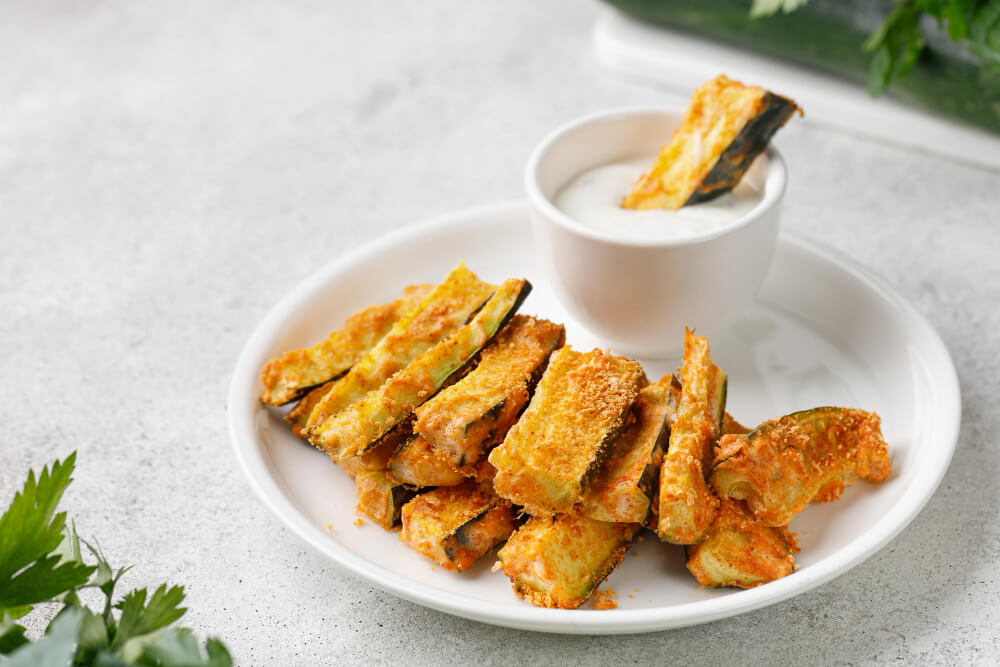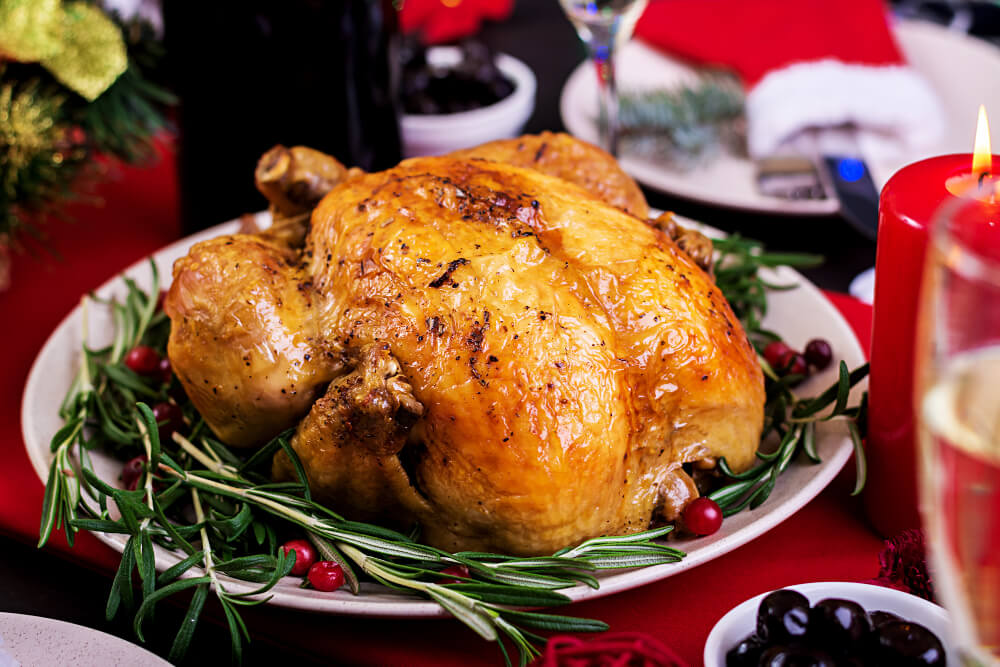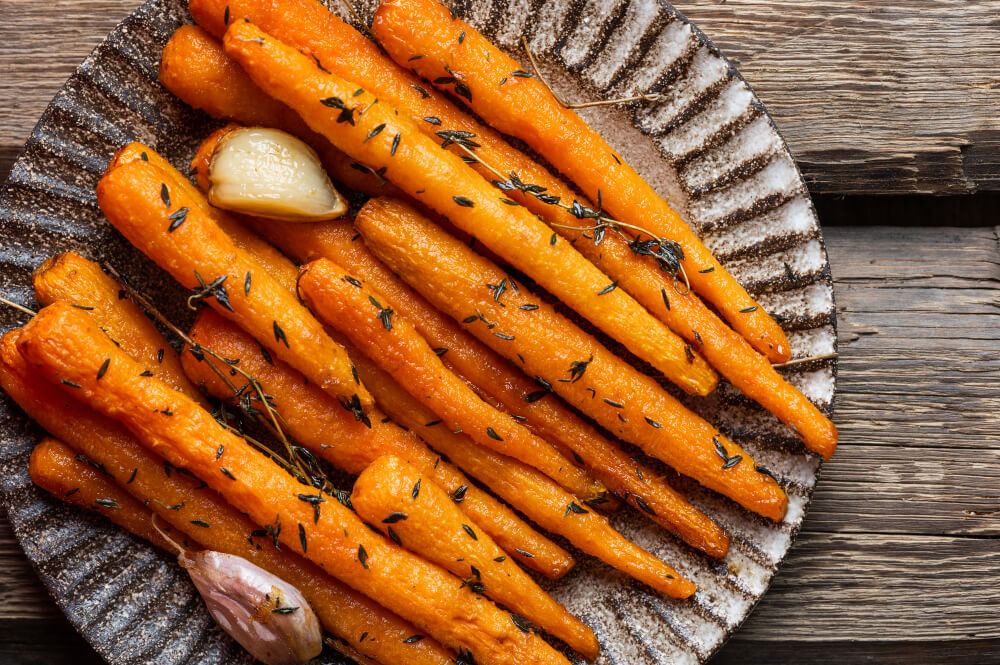
Are you planning to smoke a beef brisket for your next barbecue but unsure when to wrap it? Wrapping your brisket can help you achieve the perfect brisket, but it's important to know when to do it.
The internal temperature, cooking time, and the dreaded stall all play a role in determining when to wrap your brisket. In this blog, we'll explore the ideal time to wrap briskets and share some tips to help you get that perfectly smoked and juicy brisket that will leave your guests wanting more.
So, grab your smoker and accessories or grill, and let's get started!
Way to Wrap a Brisket
There are two ways to wrap a brisket: either using aluminum foil or butcher paper. Each method has its advantages, and the choice ultimately comes down to personal preference. Here's a closer look at both methods:
Aluminum Foil
Wrapping a brisket in aluminum foil creates a tight seal that locks in moisture and speeds up the cooking process. The foil also acts as a barrier to prevent the meat from becoming too smoky. However, some pitmasters feel that wrapping in foil can cause the brisket to steam and lose some of its texture and flavor.
Here's a guide to wrapping brisket using aluminum foil:
- Once the brisket cooks to an internal temperature of 160°F, place the brisket in aluminum foil.
- Wrap the brisket tightly, making sure there are no gaps or holes in the foil.
- Return the wrapped brisket to the smoker or grill and continue cooking until it reaches an internal temperature of 195°F to 205°F.
- Remove the brisket from the smoker and let it rest for at least 30 minutes before slicing and serving.
Butcher Paper
Wrapping a brisket in butcher paper allows the meat to breathe and develop a nice bark, while still retaining moisture. Those who use butcher paper allow some smoke penetration, adding flavor to the meat. However, some pitmasters find that the paper can leak and cause the meat to become overly smoky or dry.
Here's how is butcher paper use to wrap a brisket:
- Once the brisket reaches an internal temperature of 160°F, place the brisket in butcher paper.
- Wrap the brisket in the paper, making sure to fold the edges tightly to prevent any leaks.
- Return the wrapped brisket to the smoker or grill and continue cooking until it reaches an internal temperature of 195°F to 205°F.
- Remove the brisket from the smoker and let it rest for at least 30 minutes before slicing and serving.
Why Wrap the Brisket?
When smoking a brisket, wrapping the meat in either aluminum foil or butcher paper is a common technique used by pitmasters to achieve a perfect, juicy and tender brisket. There are three main reasons why people wrap their brisket during the smoking process:
Cook Faster
Wrapping a brisket can help to reduce the cooking time, as it creates a sort of oven effect around the meat, speeding up the cooking process. When the brisket reaches an internal temperature of around 160°F, it enters the "stall," which is when the meat sweats and evaporates moisture, causing the temperature to plateau. This brisket stall can last for several hours, which can be frustrating for cooks who want to serve the meat in a timely manner. By wrapping the brisket, the cooking time can be shortened by several hours, allowing the meat to be served sooner.
Control Over the Bark
The bark, or crust, on the outside of the brisket is a prized element in barbecue. Wrapping the brisket can help to control the development of the bark, ensuring that it is not too thick or burnt. When the brisket is wrapped, the moisture inside the foil or paper prevents the bark from getting too crispy or dry, while still allowing it to develop a nice color and flavor. The result is a tender, flavorful brisket with a perfect bark.
For Juicier Meat
Wrapping the brisket helps to retain moisture and prevents it from drying out during the long cooking process. The meat sweats and releases moisture during the stall, but by wrapping it, the moisture is trapped inside, creating a moist and juicy brisket. The foil or paper also acts as a barrier to prevent the smoke from penetrating too deeply into the meat, preventing it from becoming overly smoky or dry.
Things to Consider When Brisket is Wrapped

While wrapping a brisket can provide numerous benefits, there are a few things to consider.
Less Smoke Flavor
When you wrap your brisket, there is a possibility of it resulting in less smoke flavor penetrating the meat. This can be a concern for those who want a stronger smoke flavor in their brisket. When you wrap the brisket, it creates a barrier that prevents smoke from reaching the meat. The longer you leave it wrapped, the less smoke flavor it will have.
Loss of Bark Texture
Another potential downside to wrapping a brisket is the loss of bark texture. Bark, or the outer layer of the brisket, is one of the most important elements in barbecue. It is prized for its crispy texture and intense flavor. When you wrap the brisket, it can cause the bark to become soft and lose its texture. This can be disappointing for those who love the texture of a well-cooked brisket.
Loss of Bark Texture
Lastly, there's a risk of overcooking the brisket if it's left in the wrap for too long. It's important to keep an eye on the internal temperature of the brisket when cooking it wrapped. Once it reaches an internal temperature of 195°F to 205°F, it's time to remove it from the smoker or grill. Leaving it wrapped for too long can result in an overcooked, dry brisket.
To minimize these potential downsides, there are a few things you can do.
- First, if you want to maintain a strong smoke flavor, consider using a lighter wood, such as fruitwood or pecan, to help the smoke penetrate the meat.
- Second, to help preserve the bark texture, you can unwrap the brisket for the last hour or so of cooking. This will allow the bark to crisp up again.
- Lastly, be sure to monitor the internal temperature of the brisket closely, so you don't overcook it.
Wrap or Unwrapped Brisket?
Whether to wrap or not to wrap a brisket is a personal preference when cooking or smoking a brisket.Some people prefer to wrap their brisket to achieve a juicier and more tender result, while others prefer an unwrapped brisket to achieve a smokier flavor and a crispy bark. Ultimately, it comes down to your own taste and cooking style.
If you want to wrap your brisket, you can use either aluminum foil or butcher paper to help keep the meat moist and speed up the cooking process. Alternatively, if you prefer an unwrapped brisket, you can achieve a smokier flavor and a crispier bark by cooking it at a lower temperature for a longer time.
Whichever method you choose, it's important to monitor the internal temperature of the brisket and adjust your cooking time and temperature accordingly. Whether you're wrapping a brisket in butcher paper or cooking it unwrapped, with the right techniques and attention to detail, you can achieve a delicious and perfectly cooked brisket that will have everyone coming back for more.
FAQs
What happens if you wrap a brisket too early?
Oh, so you're curious about wrapping a brisket too early? Let me tell you what can happen. When you wrap a brisket before it reaches the ideal internal temperature, you might encounter something called "bark-lock." It's when the bark sticks to the foil and gets pulled off when you unwrap it later. Not fun, right? To avoid this, be patient and wait for the brisket to hit that sweet spot called the "stall temperature." That's when you know it's time to wrap it up! And hey, there are different options for wrapping, like foil or butcher paper. Just remember, when it comes to wrapping, make sure to place your brisket on top of the wrap and you're good to go!
How long to smoke a brisket at 225 before wrapping?
To get started, you'll want to set your smoker to a temperature of 225°F. This low and slow method is key to creating a tender and juicy brisket.
Once your smoker is heated up, it's time to put that brisket on. Smoke it for about 6 hours, or until it reaches an internal temperature of 160°F. At this point, you can wrap the brisket with foil or butcher paper. Wrapping the brisket will help keep it moist and tender during the rest of the cooking process.
After wrapping, put the brisket back on the heat for its last stint. This is when it will pick up even more flavor. Keep smoking and remove the brisket when the internal temperature reaches around 200-205°F. This can take several more hours, depending on the size of your brisket.
Remember, the key to a great brisket is patience. Don't rush the process, and make sure you're monitoring the temperature of your smoker and the internal temperature of your brisket throughout the cooking process.
Do you flip brisket after wrapping?
Flipping a brisket after wrapping is a common technique used by many pitmasters to ensure that the meat cooks evenly and doesn't dry out. When you wrap your brisket, you're essentially creating a sealed environment where the meat is cooking in its own juices. While this can help keep the meat moist and tender, it can also lead to uneven cooking if you don't rotate or flip the brisket.
Airflow inside any smoker is typically uneven, meaning that different parts of the brisket can be exposed to different levels of heat and smoke. This can result in some parts of the brisket drying out while others are still cooking. To avoid this, it's a good idea to flip and rotate your brisket at least once during the cooking process. This will help ensure that all parts of the meat are exposed to the same level of heat and smoke, resulting in a more even cook.
When you flip your brisket, you'll want to do it quickly and gently to avoid disrupting the bark or losing any juices. Some pitmasters recommend using gloves or a sturdy set of tongs to carefully flip the brisket without damaging it.
Conclusion
In conclusion, wrapping a brisket is a technique that can have a significant impact on the final result, whether you want a juicier brisket or a faster cooking time. However, it's important to consider the potential downsides, such as less smoke flavor and a loss of bark texture. Ultimately, whether you choose to wrap or not to wrap your brisket is a matter of personal preference. And once your brisket is cooked to perfection, don't forget to use a wooden cutting board for the perfect slice. Wooden cutting boards are ideal for brisket as they help to maintain the flavor and texture of the meat while being gentle on your knives.



